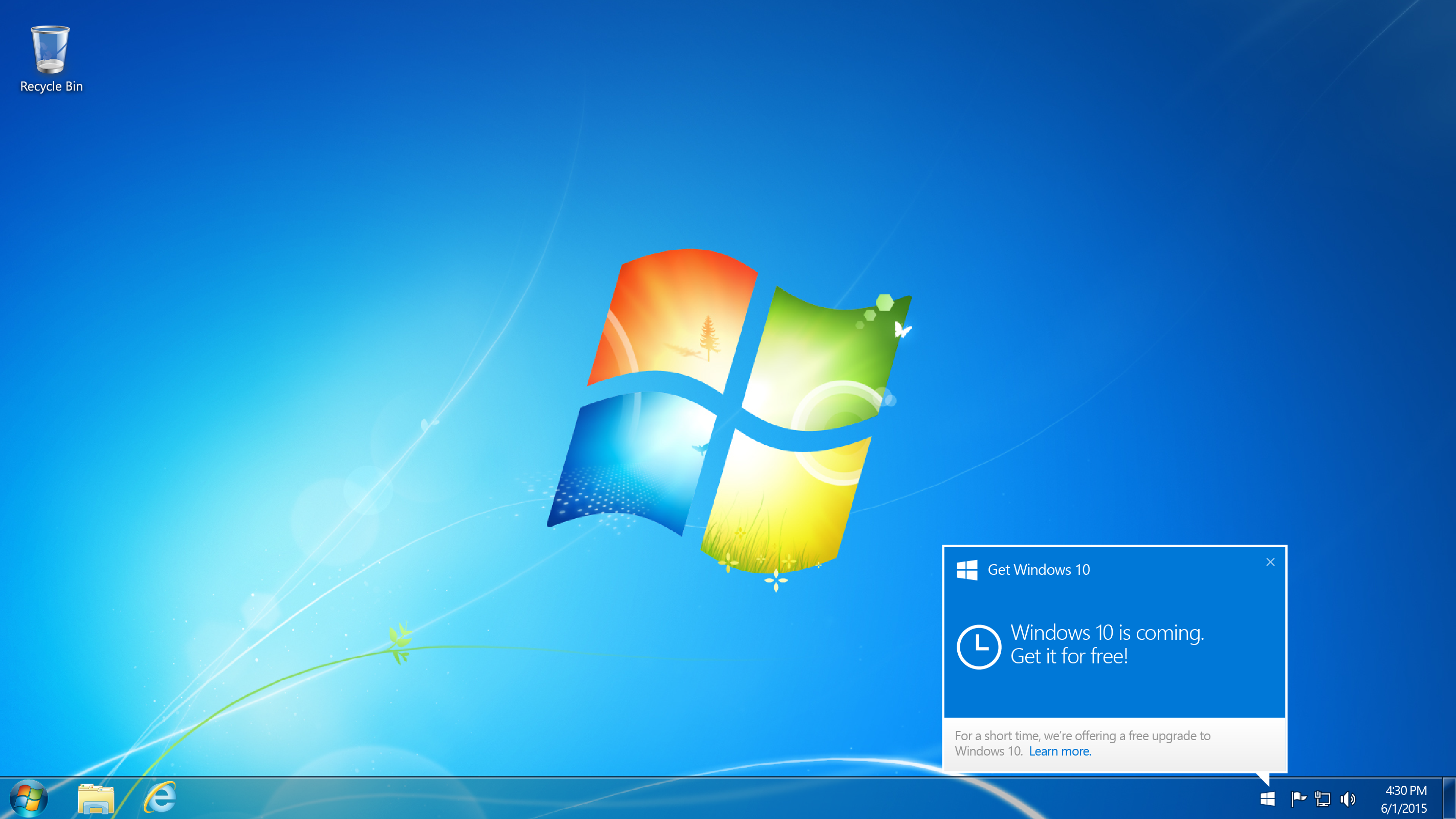

PC users still looking to upgrade their computers to Windows 10 are being warned to thoroughly check any new alerts they receive following reports criminals are disguising malware as Microsoft updates.
Researchers from security firm Bitdefender Labs have found that cybercriminals are spreading the CTB Locker ransomware via fake emails purporting to come from Microsoft and offering users Windows 10 installation kits.
If installed, the ransomware encrypts files on the targeted PC and demands that two Bitcoins, worth roughly £360 ($600), be paid within 96 hours in order to restore them (pictured below).
Tips on how to set privacy settings in Windows 10
The ransomware does need to be downloaded and executed by the user in order to deploy, but the criminals have apparently made a significant effort to make their initial emails appear genuine.
Users receiving the ransomware see a seemingly genuine update@microsoft.com email address as the sender of the email, which also has a subject line of ‘Windows 10 Free Update’.
So far, Bitdefender Labs has detected the malicious emails were sent over the course of three days from spam servers located in a variety of countries including France, Russia, the US, Thailand, Ukraine, India, Kazakhstan and Taiwan.
Since its official release last week, Windows 10 has proved a huge success amongst consumers, with the free upgrade being installed on 14 million devices in the first two days of public availability.
What do you know about Windows 10? Try our quiz!
As UK and Europe develop closer military ties, European Commission says it will invest €1.3…
Zuckerberg seeks to revive Facebook's original spirit, as Meta launches Facebook Friends tab, so users…
Notable development for Meta, after appeal against 2021 WhatsApp privacy fine is backed by advisor…
First sign of shakeup under new CEO Lip-Bu Tan? Three Intel board members confirm they…
Trump's nominee for SEC Chairman, Paul Atkins, has pledged a “rational, coherent, and principled approach”…
After being 'retired' by Intel's board of directors, ex-CEO Pat Gelsinger has joined a VC…
View Comments
Hopefully antiviruses can detect that kind of threat, but I think the most effective way of preventing this is to use a cloud desktop with automatic daily backup features like V2 Cloud (https://v2cloud.com) where you can roll back to a previous state of your whole computer anytime, so if something like this happen today you can revert your system back just like it was yesterday and get your files back